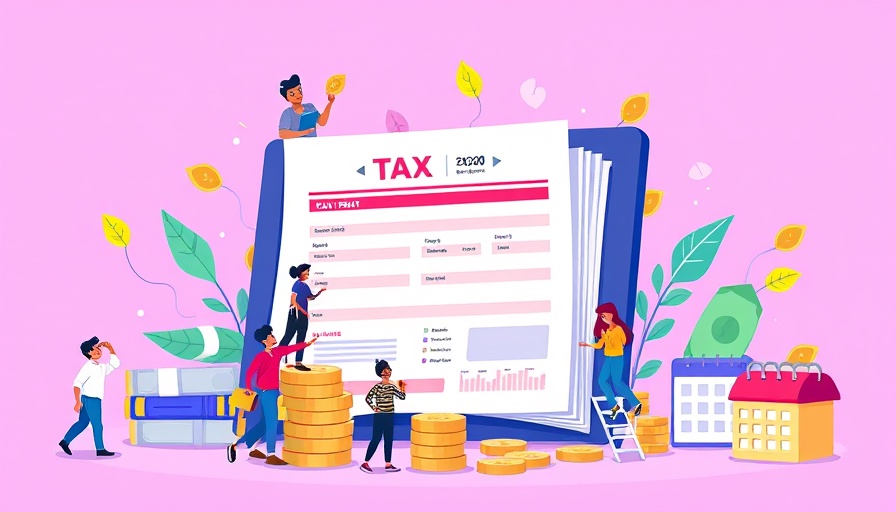
IRS Introduces Streamlined Tax Examination Process for Businesses
In a significant shift aimed at enhancing corporate tax experiences, the IRS has unveiled new measures designed to expedite tax examinations for large and small businesses alike. Understanding the struggles that business owners face with complex tax situations, these changes focus on reducing compliance burdens and increasing efficiency in the examination process.
Key Changes to Expect
On July 25, 2025, the IRS issued an Interim Guidance Memorandum (IGM) that seeks to transform tax examinations completely. One of the most notable changes is the planned elimination of the Acknowledgment of Facts (AOF) Information Document Request process by the end of 2026. This move will reduce delays and simplify how audits are conducted, as acknowledged by the IRS, which stated that the current system has produced limited value and prolonged timelines.
Benefits for Small Business Owners
Small business owners stand to gain significantly from these updates. The IRS has emphasized that streamlining examination resources will lead to quicker resolutions, providing a smoother path to tax certainty. This transition is crucial as many small businesses struggle with the arduous nature of tax compliance, which often distracts them from operational growth.
Fostering Collaboration with the IRS
The IRS is also working to enhance cooperation among tax authorities and business owners, indicating a shift towards a more collaborative environment. Changes like the expanded use of Accelerated Issue Resolution (AIR) aim to ensure that resolved issues can apply across all filed return years, promoting consistent handling of tax matters.
Potential Challenges Ahead
However, business owners should remain vigilant as the new processes are rolled out. The elimination of AOF could lead to initial uncertainty as businesses adapt, and essential documentation may become less accessible, potentially complicating the already intricate examination process. While overall these changes signify a constructive evolution in IRS policy, they also require businesses to stay informed and prepared.
Conclusion
For small business owners and stakeholders in the financial sector, these IRS changes could dramatically reshape the landscape of tax examinations and dispute resolutions. Staying informed and proactive is essential for navigating the evolving tax environment — a pivotal step for those aiming to sustain operational momentum and healthy relationships with tax authorities.
 Add Row
Add Row  Add
Add 




Write A Comment